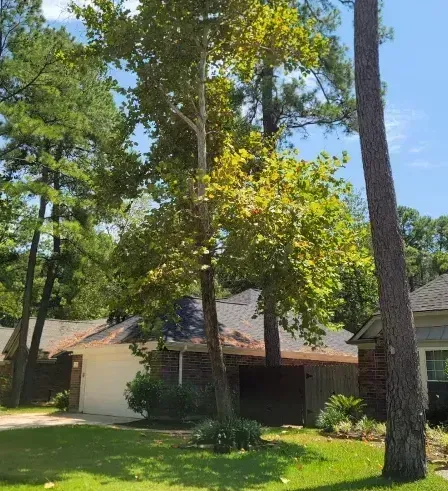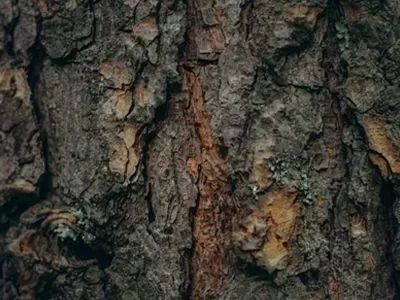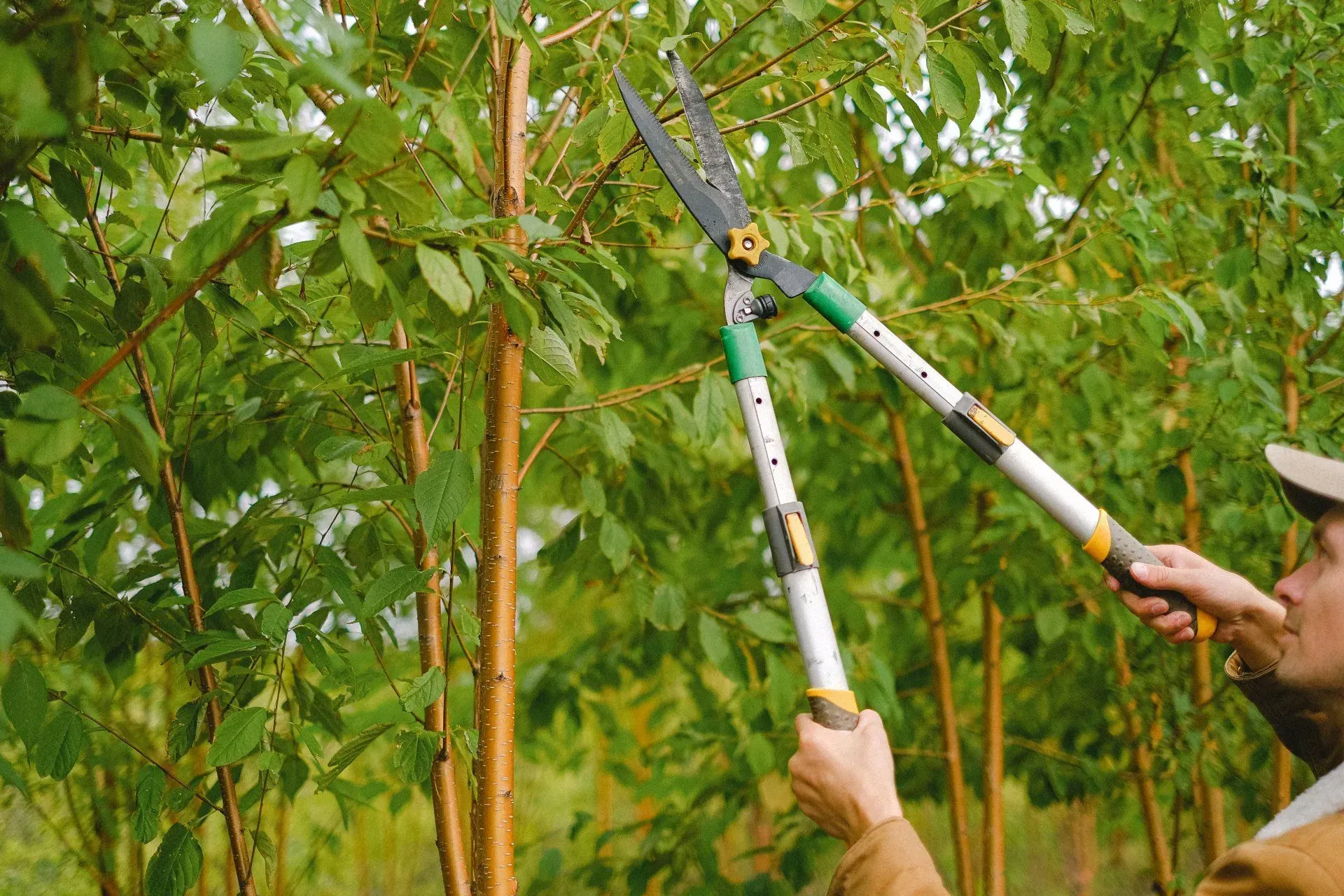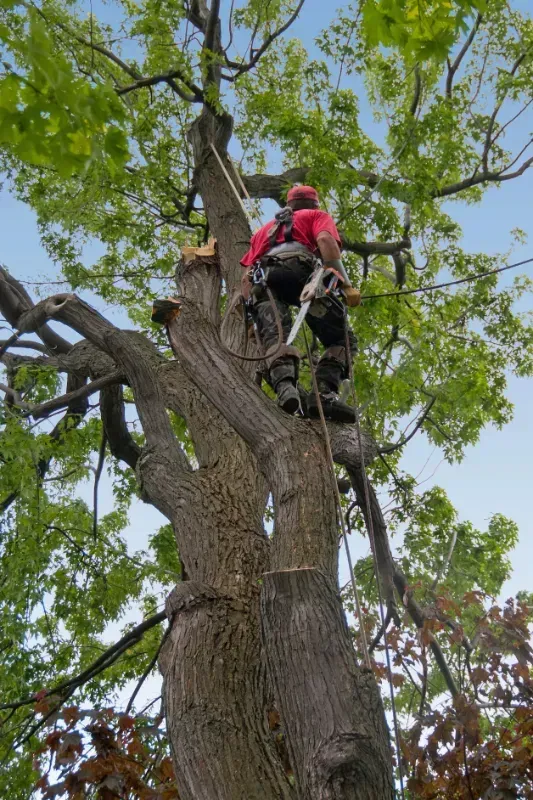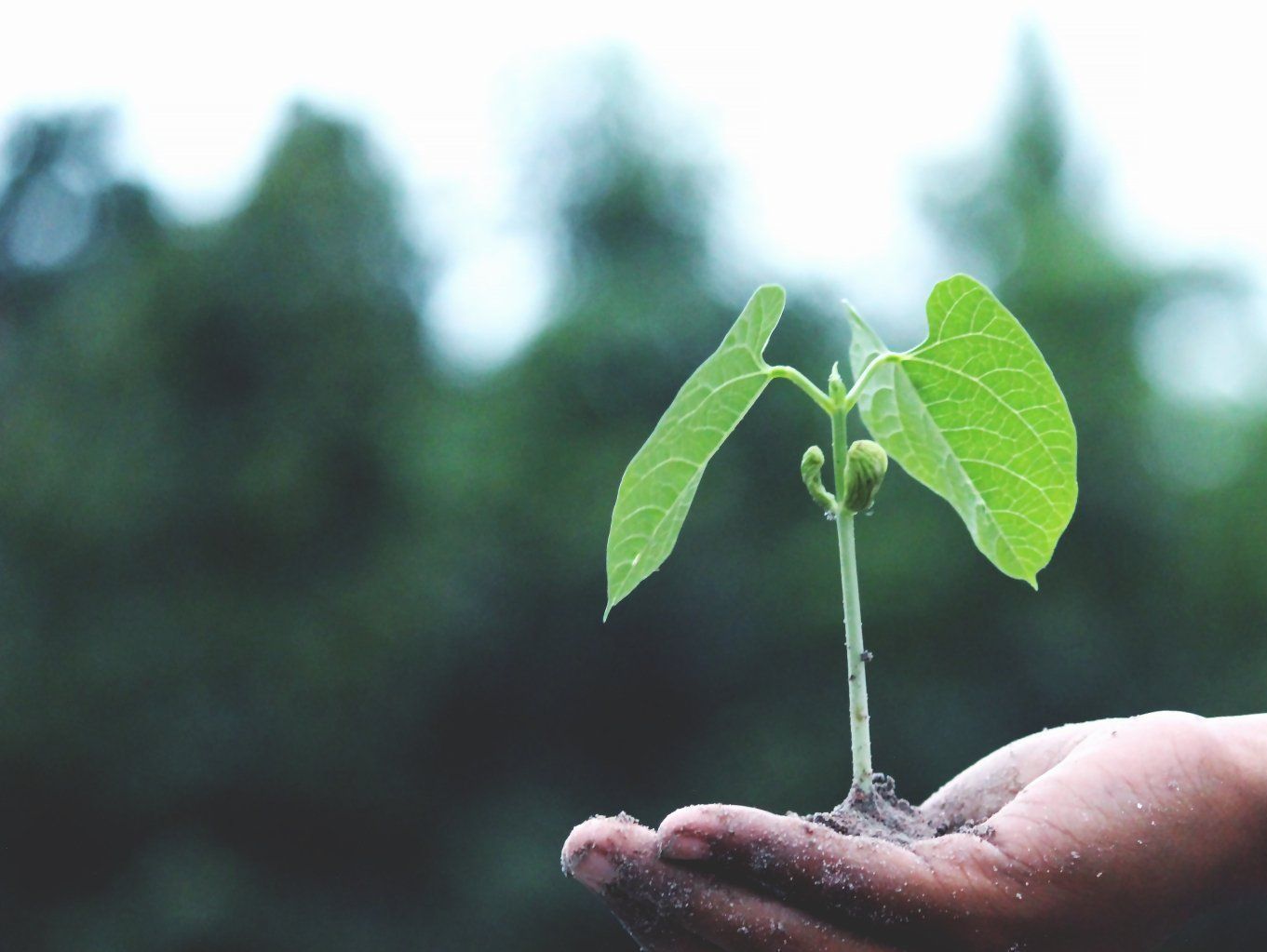Tree Fertilization Tips to Revitalize Your Outdoor Space
Highlighting the Importance of Tree Fertilization for Healthy Tree Growth
Tree fertilization is essential for promoting robust growth and vitality in your landscape. Trees depend on a consistent supply of key nutrients to flourish, especially when the soil lacks natural minerals. Proper fertilization supports healthy development, helping trees reach their full potential.
Without adequate nutrients, trees may suffer from stunted growth, weakened root systems, and increased vulnerability to pests and diseases. By ensuring your trees receive the right blend of nutrients, you encourage stronger branches, healthier leaves, and a more vibrant canopy—improving the overall health and beauty of your outdoor space.
Understanding the Nutrient Needs of Your Trees
Each tree has its own specific nutrient needs based on its species, age, and environment. Whether it's extra nitrogen to encourage lush growth or potassium and phosphorus to support root health and disease resistance, understanding these needs is crucial for optimal care. Tree fertilization involves more than just adding nutrients—it’s about delivering the right mix to each tree.
Soil quality, climate, and other factors must also be considered. A soil test can pinpoint deficiencies, allowing you to provide targeted fertilization that supports your trees' growth. With the right approach, your trees will thrive, contributing to a healthier, more vibrant landscape.
Signs Your Trees and Landscape Need Fertilization
Recognizing when your trees need tree fertilization is essential for their long-term health. The signs can be subtle but are important indicators of nutrient deficiencies. Look for these tell-tale signs:
- Slow Growth: Trees may show little to no new growth during the growing season.
- Yellowing Leaves: A lack of nitrogen can cause leaves to yellow, particularly on older growth.
- Thinning Foliage: Trees may lose their full canopy or exhibit sparse leaves.
- Weak Branches: Nutrient deficiencies can result in brittle, weak branches.
- Unhealthy Surrounding Vegetation: Struggling trees can cause lawns and shrubs to show signs of poor growth as well.
Addressing these early signs with proper tree fertilization ensures your trees remain strong and vibrant, supporting the overall health of your landscape.
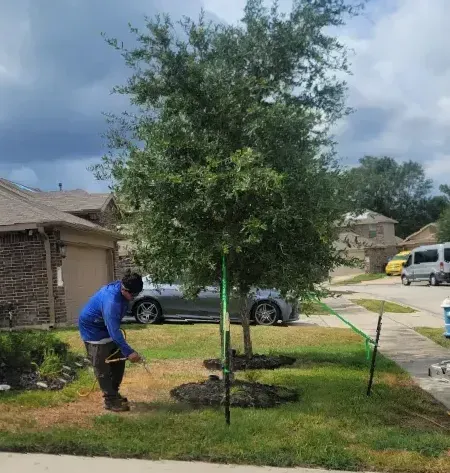
How Fertilization Strengthens Tree Roots and Canopy
A thriving tree begins with strong, well-nourished roots. Tree fertilization enhances root development, allowing trees to better absorb water and nutrients, which in turn supports robust growth throughout the tree. Healthy roots lead to a fuller canopy with lush, green foliage that not only adds beauty but improves the tree's resilience to harsh conditions. Investing in proper tree fertilization ensures that your trees remain healthy and strong, benefiting both your landscape’s aesthetic and its long-term stability.
The Role of Fertilization in Revitalizing Lawns and Shrubs
The health of your trees influences the entire landscape, and over time, they can outcompete surrounding plants for vital nutrients. Tree fertilization plays a crucial role in restoring balance, ensuring that your lawn, shrubs, and flowers receive the nutrients they need.
By boosting your trees' vitality, you improve soil quality and promote a stronger, more diverse ecosystem. Investing in tree fertilization doesn’t just support your trees; it nurtures your entire landscape, creating a thriving, vibrant outdoor environment.
Choosing the
Right Fertilizer for Your Trees and Landscape
Selecting the right fertilizer is key to maintaining healthy trees. Trees require a balance of essential nutrients such as nitrogen, phosphorus, and potassium, but the exact blend varies based on soil conditions and tree species. Slow-release fertilizers provide a steady supply of nutrients over time, helping trees grow stronger and more resilient.
Organic fertilizers are also beneficial, enriching the soil while supplying the necessary nutrients for tree health. A soil test can help determine the best fertilizer for your landscape, ensuring your tree fertilization efforts are both precise and effective, promoting long-term vitality and growth.
Seasonal Tree Fertilization: When Is the Best Time?
Proper timing is crucial for effective tree fertilization. The best times to fertilize are typically in spring and fall, when trees are actively growing. Spring fertilization encourages healthy new growth, while fall fertilization strengthens roots and prepares trees for the winter months. Avoid fertilizing during the extreme summer heat or winter dormancy, as the tree won’t absorb nutrients effectively. By choosing the right time, you ensure your trees receive optimal nourishment, promoting strong growth and resilience throughout the year.
How Fertilization Improves Soil Quality and Tree Health
Tree fertilization is essential for restoring and maintaining soil health, which directly impacts the vitality of your landscape. Over time, soil loses its nutrients due to various environmental factors, including erosion and root competition.
Fertilizing trees replenishes these essential elements, ensuring a balanced environment where trees can thrive. This process not only improves soil structure but also enhances moisture retention, allowing roots to access nutrients more efficiently. In turn, stronger, healthier trees become more resilient to pests, diseases, and environmental stress, creating a more sustainable landscape.
The Long-Term Benefits of Proper Tree Fertilization
Tree fertilization is a proactive step that enhances both the health and longevity of your landscape. By nourishing trees with the essential nutrients they need, you encourage strong growth, improve root development, and boost their resilience to environmental challenges. Fertilized trees are better equipped to withstand pests, diseases, and extreme weather, resulting in fewer problems over time. Not only does this effort nurture a vibrant landscape, but it also contributes to the visual appeal and value of your home.
Simple Steps to Start Fertilizing Your Trees and Landscape Today
Beginning with tree fertilization is a straightforward process that yields long-term benefits. Start by performing a soil test to identify any nutrient deficiencies, then select the appropriate fertilizer—whether slow-release, organic, or one customized for your specific soil needs. Apply the fertilizer evenly around the tree’s drip line, where the roots are most active in nutrient absorption. Water thoroughly afterward to help the nutrients penetrate deeply into the soil.
Taking the next step is simple—call
Nature's Restore
at
281-788-0743 in Humble, TX. Our team can guide you through the tree fertilization process, ensuring your trees receive the nutrients they need to thrive and support a healthy landscape.

